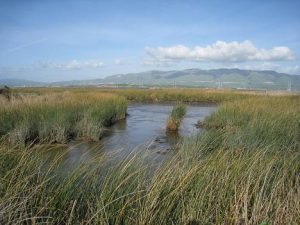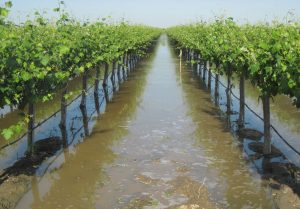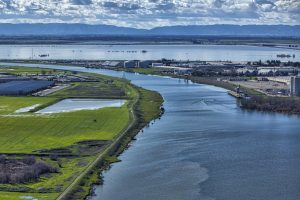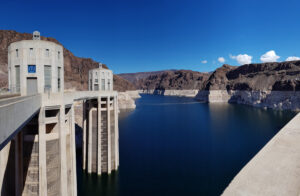Much has been written in the last few weeks about the impact an incoming Biden administration will have on the war of lawsuits between California and the Trump administration. Unfortunately, because conflict is often more interesting to write about than cooperative progress towards joint goals, these articles miss a lot of the positive work underway in our state.
California and its leaders understand that we all need water – cities, towns, farms and the environment. It is also clear that uncertainty does not benefit any water users and that working together to meet the needs of all is the best path forward.
1. Helping struggling fish populations

Keeping the ecosystem healthy is important for a secure water future and the latest science shows that in order to reach that goal, we must pursue a more holistic approach than in the past. That’s why farmers, scientists, conservationists, and government agencies have teamed up to address the multiple issues impacting fish.
Millions of dollars are being spent on projects throughout the state to improve habitat, food source and predator control for fish. A large project just completed by the Department of Water Resources and Westlands Water District in the Sacramento-San Joaquin Delta as a part of California’s EcoRestore initiative restored and enhanced approximately 2,100 acres of cattle pastures into tidal marsh and habitat that will provide new sources of food and shelter for native fish, including smelt and salmon.
However, that is just one of the many projects underway that will depend on continuing cooperation among stakeholders to be successfully completed and provide benefits to all California water users.
2. Supporting multi-benefit projects
The goal of various stakeholders coming together is furthered when projects have multiple benefits that achieve a variety of goals. One example of such a project is the proposed raising of Shasta Dam.
The completion of this project will increase water storage, enlarge the cold-water pool and improve water temperatures for fish, reduce flood risk in the region, provide additional hydropower with an existing renewable and carbon-free resource, and improve water supply reliability for farms, families and the environment.
3. Replenishing depleted groundwater reserves

California’s 2014 groundwater legislation, the Sustainable Groundwater Management Act (SGMA), charts a course to protect the state’s largest water storage source, underground aquifers. Farmers again have partnered with scientists, and conservationists to experiment with flooding fields in winter, building recharge ponds on their farms, and restoring and expanding floodplains. These measures not only help recharge groundwater, they offer flood protection and wildlife habitat.
It’s important to note that this groundbreaking legislation is based on the concept that local stakeholders from each region must work together to find solutions that make sense for their area. The law’s passage not only recognized the importance of preserving groundwater, it also recognized that the era of one-size-fits-all, mandatory top-down solutions are not the best path forward.
4. Moving ahead with the Voluntary Agreements
Furthering the idea of local cooperation embraced by SGMA, the Voluntary Agreements on water are the next logical step in that progression.
These agreements represent the best hope for California’s environmental future. They could end the cycle of lawsuits, bring reliability to water users, utilize new science as well as provide annual funding for environmental projects.
5. A secure water future for all Californians depends on cooperation

A change in administration does not need to be a source of conflict. As California has shown, working together produces results that benefit the entire state. President-elect Biden ran on the pledge to reunite the country. Picking winners and losers is not the path to achieving that goal. As he said in his commentary earlier this year, we’re hopeful that Governor Newsom will move to complete the Voluntary Agreements and that the incoming Biden administration will embrace the spirit of cooperation that is moving all water interests forward.


